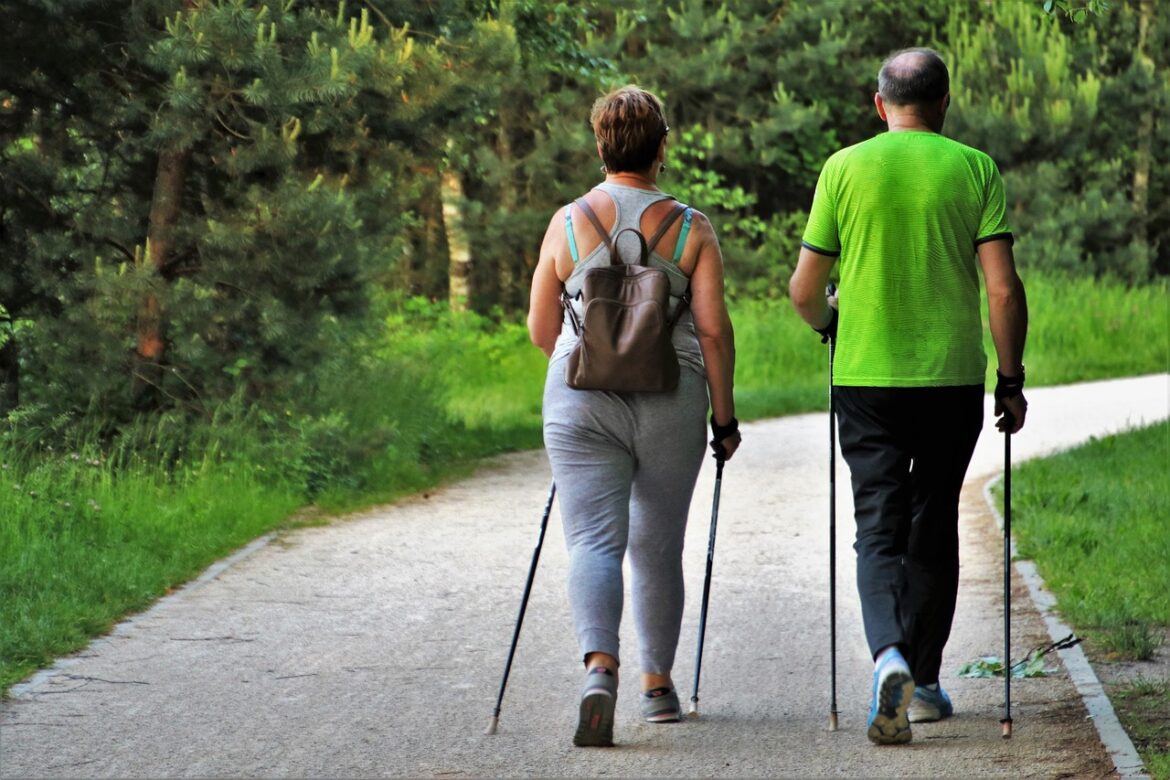How Can Physical Therapy Help Parkinson’s Disease?
Parkinson’s disease is a gradually progressing brain disorder which leads to difficulty with walking, balance, coordination, and talking, stiffness, and shaking. As the disease progresses, symptoms continue to worsen over time. There are also mental and behavioral changes associated with Parkinson’s disease; sleep changes, depression, memory problems, and fatigue.
Risk Factors
There are risk factors for developing Parkinson’s disease, although there is still quite a bit of unknown in understanding why there are changes in the brain. The first risk factor is age. Parkinson’s disease is typically seen when a person is in their early 60’s. Early-onset of the disease, which occurs in 5-10% of the cases, occurs around age 50. Researchers have identified specific genetic mutations that can cause Parkinson’s disease, most likely caused by environmental toxins. Gender also plays a role in the development of Parkinson’s disease, with men 50% more likely than women to develop the disease.
The difficult part about Parkinson’s disease is that signs and symptoms vary from person to person and often, early signs go unnoticed.
Some of the signs and symptoms include:
- Tremor (trembling or shaking) in the hands, extremities (arms and legs), head, and jaw.
- Slowed movement (Bradykinesia) As Parkinson’s disease progresses, all movements begin to slow down. With walking, speed will decrease, and step length will
- shorten. Getting out of a chair and performing tasks of daily living will be harder due to slowed movements.
- Rigid muscles – stiffness can occur in the muscles of the extremities and trunk. The stiffness can cause pain and limit the range of motion in the joints.
- Poor posture and balance – One of the signs of Parkinson’s disease is a stooped forward head and shoulders posture. This can cause impaired balance and coordination which can lead to an increase in falls.
- Loss of automatic movements – movements that once were done without thinking become movements that require increased thought. Some of these automatic movements include smiling, blinking, and using your arms when you walk.
- Speech changes – voice changes occur as Parkinson’s disease progresses. The voice becomes softer, and often speech becomes slurred. Inflection changes also occur with disease progression, with the person becoming more monotone over time.
- Writing changes – It becomes harder to write as the disease progresses – with handwriting getting smaller and less legible.
It is important to see a medical professional if you notice any of the signs and symptoms listed above. It is not only important for diagnosis but also to rule out other medical problems.
How a Physical Therapist can help once you receive a Parkinson’s disease diagnosis?
A Physical Therapist can help improve and maintain the movement quality throughout the entire disease progression. While it is most beneficial to work together in the early and middle stages of the disease, even in later stages, physical therapy can help to keep a person living and moving more independently. It is important to work with a licensed LSVT Big Parkinson’s therapist, as they have had the proper training and background to correctly work with the Parkinson’s population. They are trained in teaching the person to recalibrate their movements through extra effort to mimic those around them.
Unlike more traditional physical therapy, LSVT Big therapy helps to increase the amplitude of movement in the limbs, teaches patients that their newly recalibrated movements are not too big and match those around them, and trains self-cueing and attention to help maintain long term changes. With the LSVT Big program, it is designed to deliver learning through a short, intensive time, aiding in activity-dependent motor learning. Because the treatment is completely individualized, the therapist can “recalibrate” movements that are personal to their daily life. Small motor tasks, like buttoning a shirt to large motor tasks like bending down to reach for something low when in the kitchen can be personalized to the person’s needs.
If you are interested in learning more about how Freedom Physical Therapy Services and LSVT Big can help with Parkinson’s disease and other neurological conditions, please contact our certified LSVT Big therapist today.
An overweight backpack can cause:
A. Increased curvature of the spine B. Increased risk of falls
C. Neck/Shoulder pain D. Poor posture
An overweight pack can cause all of the above! By purchasing a backpack that is the right size, encouraging your child to wear the backpack correctly, and not making the backpack too heavy, you can prevent injuries and pain from occurring.
If you have any questions about backpacks or want an occupational therapist to take a look at yourself or someone else with a backpack to give you tips, please contact us!

